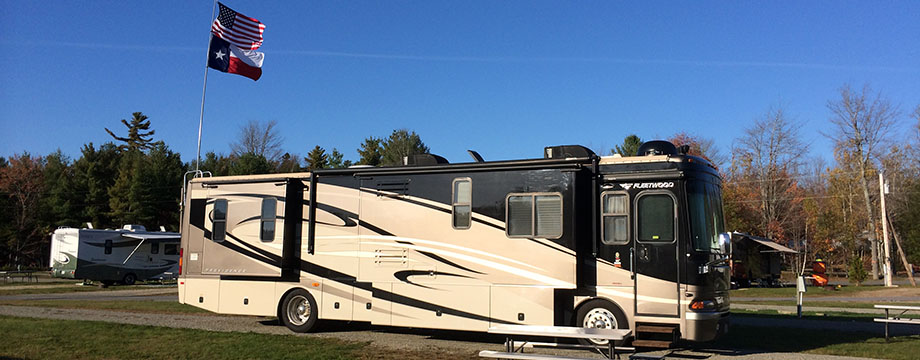Our adventure to The Serengeti was timed to coincide with The Great Migration. Our four days on the Serengeti provided more than enough opportunity to witness this bucket list worthy spectacle of nature first hand.
The migration consists of 1.7 million wildebeest who wander in a large circular region throughout Kenya and Tanzania, following seasonal availability of grazing and water. The migration has various interwoven parts. There are the wildebeest themselves who get it all started. Then there are the zebras who travel along with the wildebeest as companions, along with gazelles, antelopes and impalas. Then there are the predators. The crocodiles lie in wait in the rivers, waiting for a meal to cross. Following the large migrating herds are the large cats and hyenas, right on their heels, picking off the young, old and weak stragglers. Lastly comes the cleanup crew, the vultures. Oh, and I forgot to mention the humans. Dozens of Land Cruisers, loaded with tourists and their cameras, lining the riverbanks watching the spectacle unfold Read more →









